Home>Home Appliances>Kitchen Appliances>How To Dehydrate Tomatoes In A Dehydrator
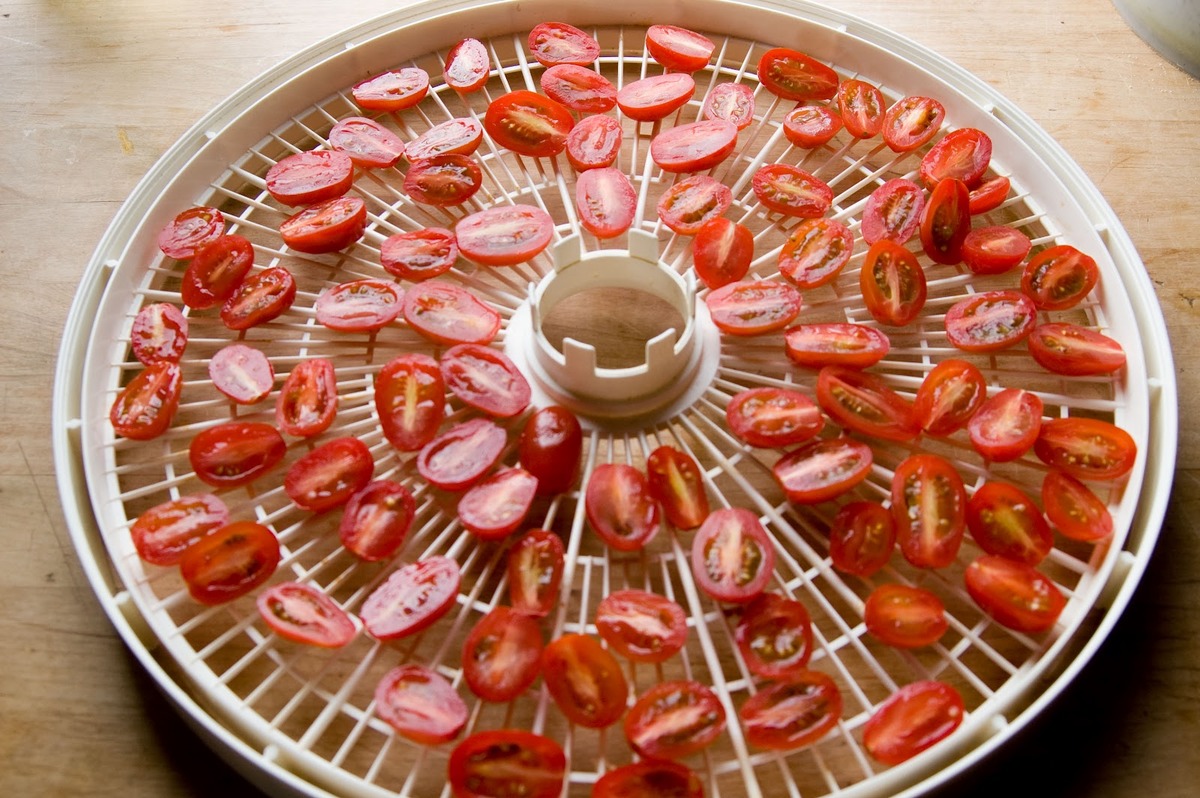

Kitchen Appliances
How To Dehydrate Tomatoes In A Dehydrator
Modified: February 18, 2024
Learn how to dehydrate tomatoes in a dehydrator with our easy guide. Discover the best kitchen appliances for preserving your harvest.
(Many of the links in this article redirect to a specific reviewed product. Your purchase of these products through affiliate links helps to generate commission for Storables.com, at no extra cost. Learn more)
Introduction
Dehydrating tomatoes is a wonderful way to preserve their flavor and extend their shelf life. Whether you have a bountiful harvest from your garden or simply want to take advantage of a great sale at the grocery store, dehydrating tomatoes allows you to enjoy their delicious taste year-round. With the help of a food dehydrator, you can easily dry tomatoes to create versatile and tasty snacks, as well as flavorful additions to soups, stews, and sauces.
In this comprehensive guide, we will walk you through the step-by-step process of dehydrating tomatoes using a food dehydrator. From selecting the best tomatoes to properly storing the dehydrated slices, you will learn the ins and outs of this rewarding preservation method. By following these simple instructions, you can savor the vibrant taste of tomatoes long after their peak season has passed.
So, let's dive into the world of dehydrating tomatoes and unlock the secrets to preserving their rich flavor and nutrients. Whether you are a seasoned home cook or a novice in the kitchen, this guide will equip you with the knowledge and skills to harness the full potential of this versatile fruit. Get ready to embark on a culinary adventure as we explore the art of dehydrating tomatoes in a food dehydrator.
Key Takeaways:
- Preserve the vibrant flavor of tomatoes year-round by dehydrating them in a food dehydrator. Follow simple steps to slice, load, and set the dehydrator for delicious, nutrient-dense dried tomatoes.
- Store dehydrated tomatoes in airtight containers in a cool, dark pantry to maintain their quality and freshness. Enjoy their concentrated flavor and chewy texture in a variety of culinary creations.
Read more: How To Store Dehydrated Tomatoes
Choosing and Preparing Tomatoes
When it comes to dehydrating tomatoes, selecting the right variety is crucial. Look for ripe, firm tomatoes that are free from blemishes or soft spots. While any type of tomato can be dehydrated, plum or Roma tomatoes are particularly well-suited for this purpose due to their meaty texture and low moisture content.
Before slicing the tomatoes, it’s essential to wash them thoroughly under running water to remove any dirt or residue. Once cleaned, pat the tomatoes dry with a clean kitchen towel. Next, remove the stems and any undesirable parts, such as bruises or discolored areas. For the best results, aim to use tomatoes that are at the peak of ripeness, as they will offer the most intense flavor and vibrant color after dehydration.
If you prefer, you can also enhance the flavor of the tomatoes by seasoning them before dehydrating. Sprinkling the slices with a pinch of salt, a drizzle of olive oil, or a sprinkle of dried herbs such as oregano or basil can impart a delightful depth of flavor to the finished product. However, this step is entirely optional and depends on your personal preference.
By carefully choosing and preparing the tomatoes, you set the stage for a successful dehydration process that will yield delicious, nutrient-dense dried tomatoes. With your tomatoes selected and prepped, you are now ready to move on to the next step: slicing the tomatoes in preparation for dehydration.
Slicing the Tomatoes
Once you have chosen and prepared your tomatoes, the next step is to slice them into uniform pieces for dehydration. Using a sharp knife, carefully slice the tomatoes to a thickness of around 1/4 to 3/8 of an inch. It is important to maintain consistency in the thickness of the slices to ensure that they dry evenly and at the same rate.
While some prefer to remove the seeds before slicing, it is not necessary for the dehydration process. However, if you prefer seedless dried tomatoes, simply cut the tomatoes in half horizontally and gently squeeze out the seeds before slicing them. Additionally, you can choose to leave the skins on or peel the tomatoes before slicing, depending on your personal preference.
As you slice the tomatoes, arrange the pieces in a single layer on the dehydrator trays, ensuring that there is some space between each slice to allow for proper air circulation. This will facilitate even drying and prevent the slices from sticking together during the dehydration process.
For a visually appealing presentation and ease of use in recipes, consider cutting the slices into uniform shapes, such as rounds or halves. This not only enhances the aesthetic appeal of the dried tomatoes but also makes them more versatile for various culinary applications.
By carefully slicing the tomatoes and arranging them on the dehydrator trays, you are setting the stage for successful dehydration. The next step is to load the dehydrator with the prepared tomato slices, which we will explore in the following section.
Loading the Dehydrator
Once the tomatoes have been sliced and prepared, it’s time to load them into the food dehydrator. Before placing the trays in the dehydrator, it’s important to ensure that they are clean and dry to maintain the quality and hygiene of the drying process. Additionally, consider lining the trays with non-stick dehydrator sheets or parchment paper to prevent the tomato slices from sticking to the trays.
When loading the dehydrator trays, arrange the tomato slices in a single layer, making sure to leave space between each slice. This allows for adequate air circulation, which is essential for the dehydration process to proceed efficiently. Avoid overcrowding the trays, as this can lead to uneven drying and potentially prolong the overall dehydration time.
As you load the trays, take a moment to inspect the dehydrator’s airflow and ventilation system. Ensure that the air vents are unobstructed and that the trays are positioned to allow for unimpeded airflow throughout the dehydrator. Proper airflow is critical for consistent and thorough drying of the tomato slices.
Depending on the size and capacity of your dehydrator, you may need to work in batches to ensure that the tomato slices are arranged in a single layer without overcrowding. If your dehydrator features multiple trays, stack them according to the manufacturer’s instructions, taking care to maintain proper spacing between the trays to facilitate optimal airflow.
With the dehydrator loaded and ready to go, the next step is to set the appropriate temperature and time for the dehydration process. This crucial step will determine the success of the drying process and the quality of the final product, which we will delve into in the following section.
After slicing the tomatoes, sprinkle them with salt to draw out moisture before placing them in the dehydrator. This will help speed up the dehydration process and enhance the flavor.
Setting the Dehydrator
Setting the correct temperature and time for the dehydration process is essential to achieve optimal results when drying tomatoes. Most food dehydrators feature adjustable temperature settings, typically ranging from around 95°F to 160°F (35°C to 71°C). When dehydrating tomatoes, a temperature range of 125°F to 135°F (52°C to 57°C) is recommended to preserve the flavor and nutrients while effectively removing moisture.
Before setting the temperature, refer to the manufacturer’s instructions for your specific dehydrator model to ensure that you are following the recommended guidelines. If your dehydrator offers the option to set different temperatures for the drying process, select the appropriate setting for fruits or vegetables, as this will provide the ideal conditions for dehydrating tomatoes.
Once the temperature is set, the next consideration is the duration of the dehydration process. The time required for drying tomatoes can vary depending on factors such as the thickness of the slices, the moisture content of the tomatoes, and the specific dehydrator model being used. In general, the dehydration process for tomatoes can take anywhere from 6 to 12 hours.
It’s important to periodically check the progress of the drying tomatoes throughout the dehydration process. This allows you to assess their texture and moisture content and make any necessary adjustments to the drying time or temperature. Keep in mind that the goal is to achieve a leathery or slightly crisp texture in the dried tomatoes, with no remaining moisture in the slices.
As the dehydrator works its magic, the tantalizing aroma of tomatoes filling the air serves as a delightful reminder of the flavorful treats that await. With the dehydrator set to the appropriate temperature and the timer ticking away, the next step is to monitor the tomatoes for dryness and readiness, which we will explore in the following section.
Checking for Dryness
As the dehydration process unfolds, it’s important to periodically check the tomatoes for dryness to ensure that they are reaching the desired texture and moisture content. Depending on the thickness of the slices and the specific conditions of the dehydrating environment, the drying time may vary, making regular monitoring essential.
To check for dryness, carefully remove a few slices from the dehydrator trays and allow them to cool to room temperature. Once cooled, assess the texture of the slices by gently pressing them between your fingers. Ideally, the dried tomatoes should feel leathery and pliable, with no remaining moisture. If the slices feel sticky, soft, or damp, they require further dehydration.
Another method for checking the dryness of the tomatoes is to visually inspect the slices. They should appear shriveled and slightly shrunken, with a uniform texture throughout. Any signs of moisture or softness indicate that additional drying time is needed to achieve the desired results.
If the tomatoes pass the texture and visual tests, it’s time to conduct a taste test to ensure that they have developed the concentrated flavor characteristic of dried tomatoes. Sample a slice to assess its flavor and intensity. The dried tomatoes should boast a rich, sweet-tart flavor with a satisfying chewy texture, signaling that they are ready to be removed from the dehydrator.
Once the tomatoes have reached the perfect level of dryness, turn off the dehydrator and carefully remove the trays. Allow the dried tomatoes to cool completely before proceeding to the next step: storing the dehydrated slices for future use, which we will explore in the following section.
Storing Dehydrated Tomatoes
After the tomatoes have been successfully dried to the perfect texture and flavor, it’s time to focus on storing them properly to maintain their quality and freshness. Storing dehydrated tomatoes in a manner that protects them from moisture, light, and air is crucial for preserving their flavor and extending their shelf life.
Before storing the dried tomatoes, allow them to cool completely to room temperature to prevent any residual moisture from causing condensation in the storage containers. Once cooled, transfer the dried tomato slices to airtight containers such as glass jars, resealable plastic bags, or vacuum-sealed pouches. These containers should be clean, dry, and free from any lingering odors that could affect the flavor of the dried tomatoes.
For added protection against moisture and air, consider placing a desiccant packet or a clean, dry cloth in the storage containers to absorb any remaining moisture and help maintain the crisp texture of the dried tomatoes. Additionally, storing the containers in a cool, dark pantry or cupboard will shield the dried tomatoes from light and temperature fluctuations, further preserving their quality.
Label the storage containers with the date of drying to keep track of the freshness of the dried tomatoes. When stored in optimal conditions, dehydrated tomatoes can retain their quality for up to 6 to 12 months. However, for the best flavor and texture, it’s recommended to use them within 6 months of drying.
These versatile dried tomatoes can be used in an array of culinary creations, including pasta dishes, salads, sandwiches, and savory baked goods. Their concentrated flavor and chewy texture make them a delightful addition to a wide range of recipes, infusing each dish with the essence of sun-ripened tomatoes.
By following these simple storage guidelines, you can ensure that your dehydrated tomatoes remain a flavorful and convenient pantry staple, ready to elevate your culinary endeavors with their vibrant taste and versatility.
Conclusion
Congratulations! You have embarked on a rewarding journey through the art of dehydrating tomatoes, unlocking the secrets to preserving their vibrant flavor and versatility. By carefully selecting, preparing, slicing, dehydrating, and storing the tomatoes, you have gained the knowledge and skills to harness the full potential of this delightful preservation method.
Dehydrated tomatoes offer a convenient and flavorful way to enjoy the essence of ripe, sun-kissed tomatoes year-round. Whether you use them to enhance savory dishes, create delectable snacks, or infuse oils and condiments with their rich flavor, these versatile dried tomatoes are a valuable addition to any kitchen pantry.
As you continue your culinary adventures, consider experimenting with different varieties of tomatoes, seasoning options, and slicing techniques to tailor the dried tomatoes to your personal preferences. Embrace the creative possibilities that dehydrated tomatoes offer, and let their intense flavor and chewy texture inspire new culinary creations.
Remember, the journey doesn’t end here. With your newfound expertise in dehydrating tomatoes, you are well-equipped to explore the world of preserving other fruits, vegetables, and herbs using a food dehydrator. The art of dehydration opens doors to a spectrum of flavors and culinary possibilities, allowing you to savor the bounty of each season throughout the year.
So, as you savor the delightful aroma and taste of your homemade dehydrated tomatoes, take pride in your newfound preservation skills and the flavorful treasures you have created. With each slice of dried tomato, you are embracing the essence of the harvest and preserving it for the enjoyment of many culinary delights to come.
Now, armed with the knowledge and expertise gained from this comprehensive guide, you are ready to embark on your next culinary adventure, equipped with the art of dehydrating tomatoes as a valuable tool in your kitchen repertoire.
So go forth, unleash your creativity, and let the vibrant flavor of dehydrated tomatoes elevate your culinary creations to new heights. The world of preservation awaits, brimming with the rich and savory essence of sun-dried treasures.
Frequently Asked Questions about How To Dehydrate Tomatoes In A Dehydrator
Was this page helpful?
At Storables.com, we guarantee accurate and reliable information. Our content, validated by Expert Board Contributors, is crafted following stringent Editorial Policies. We're committed to providing you with well-researched, expert-backed insights for all your informational needs.
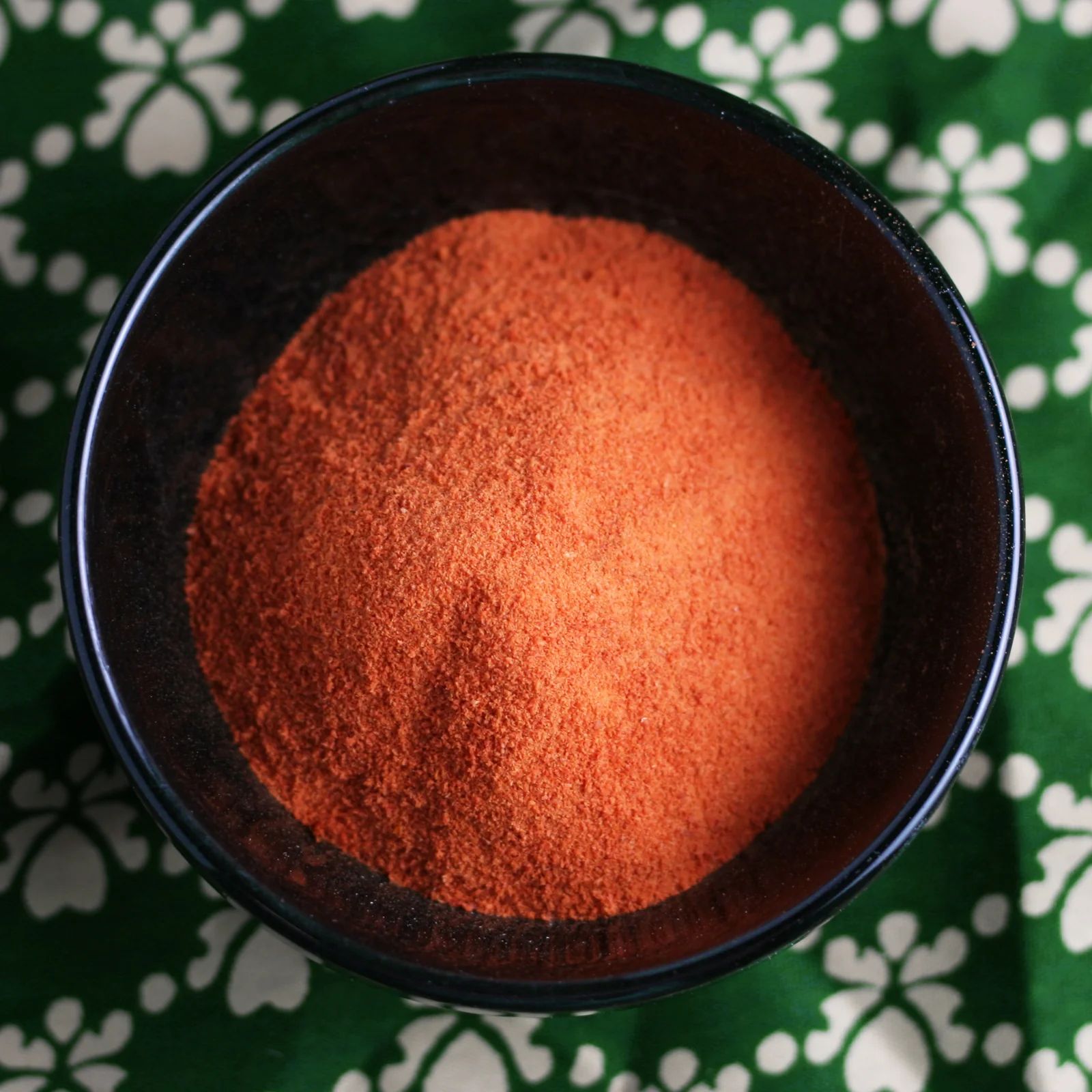
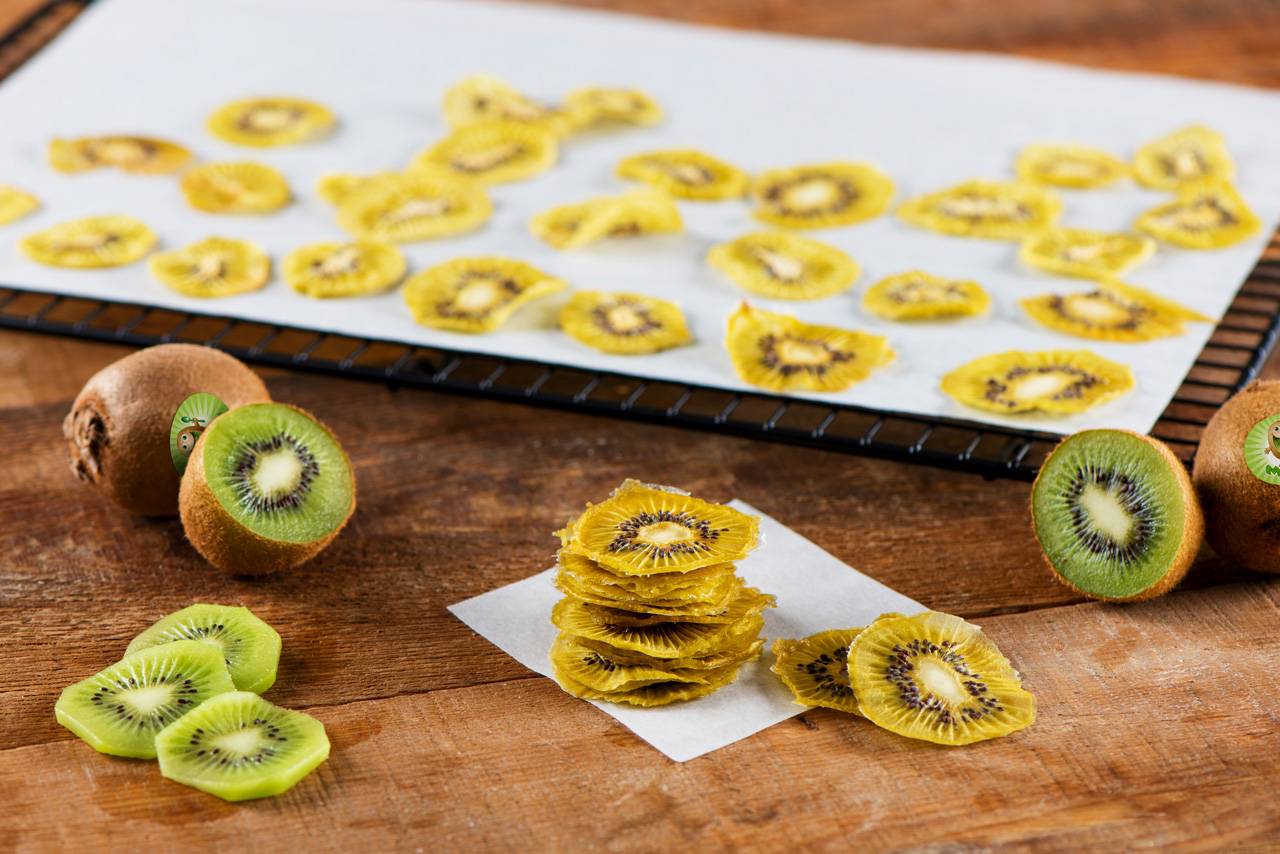
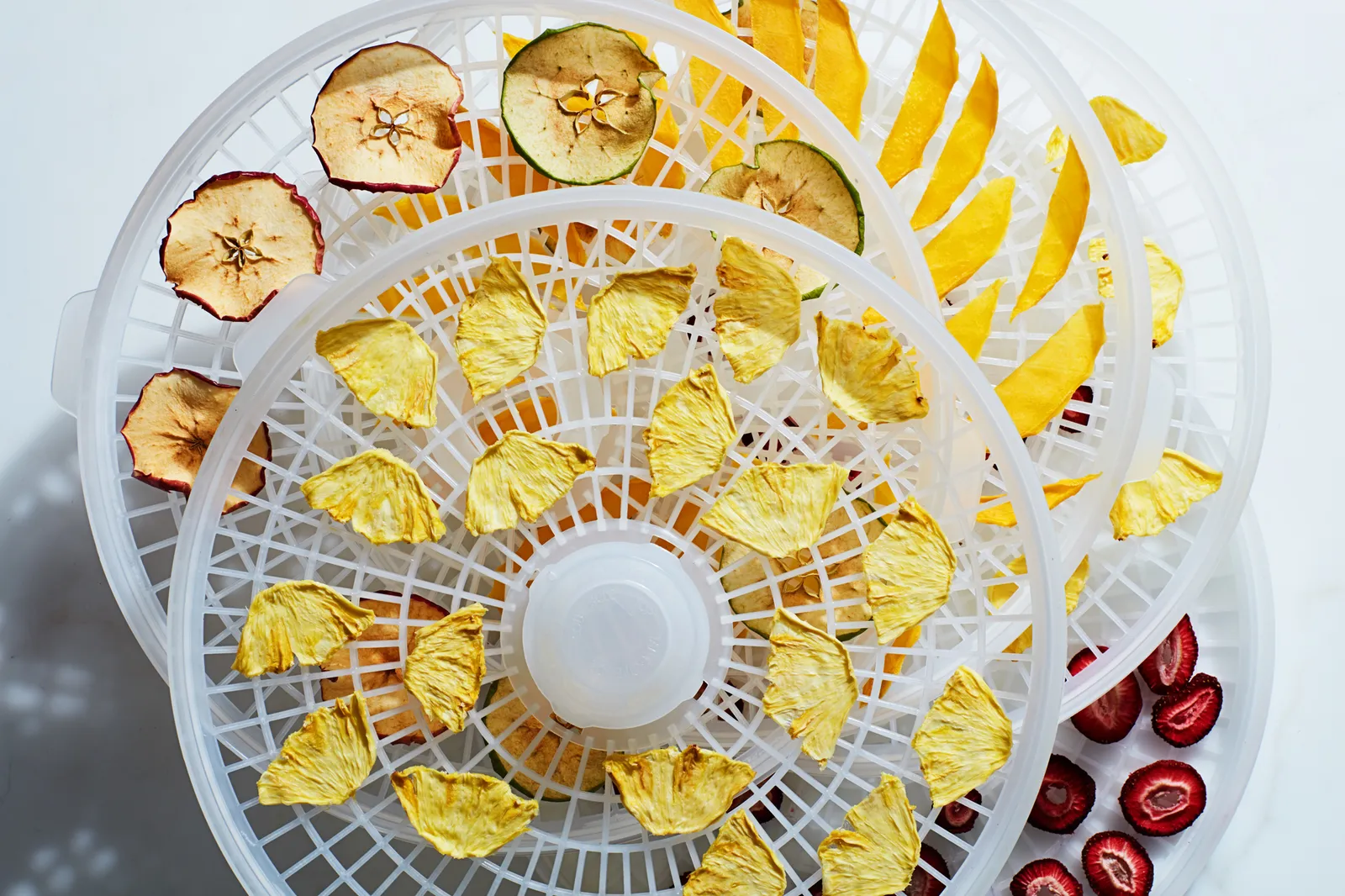
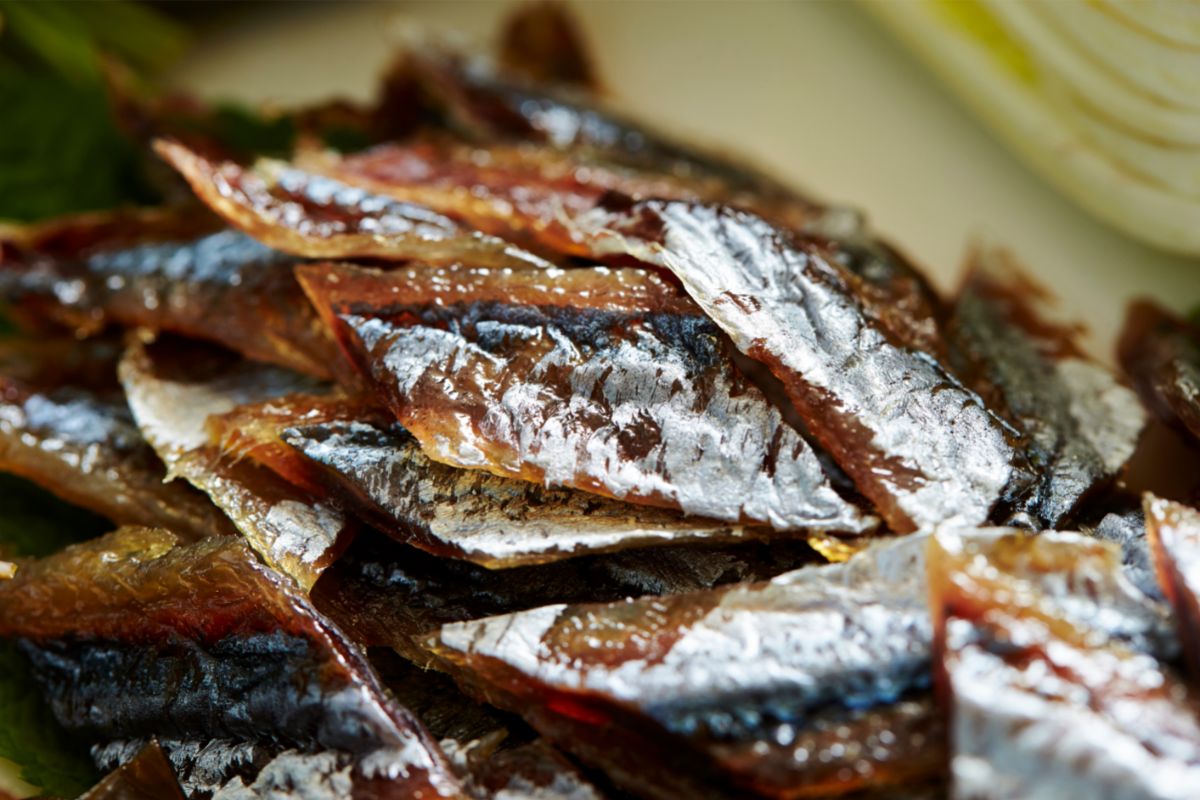
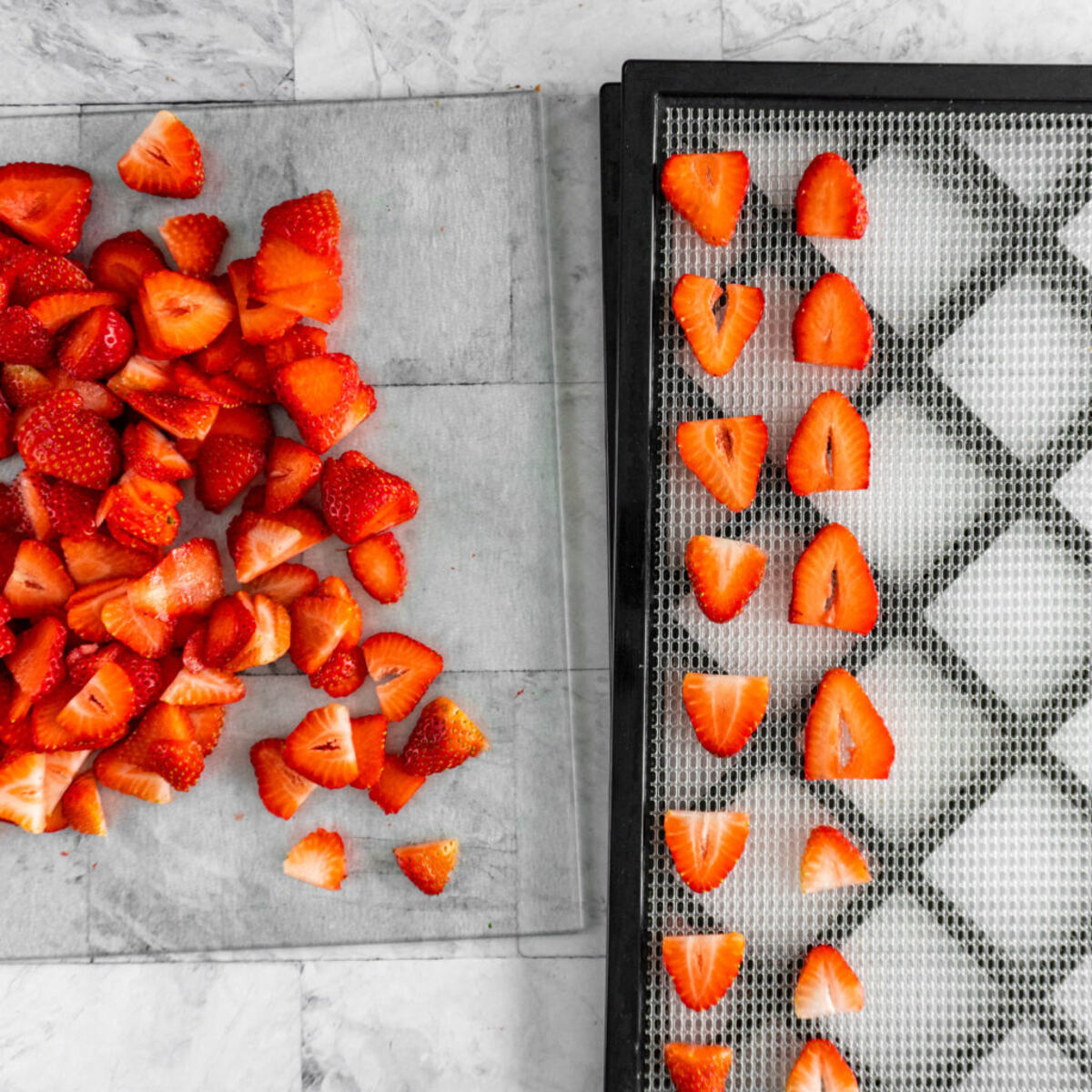
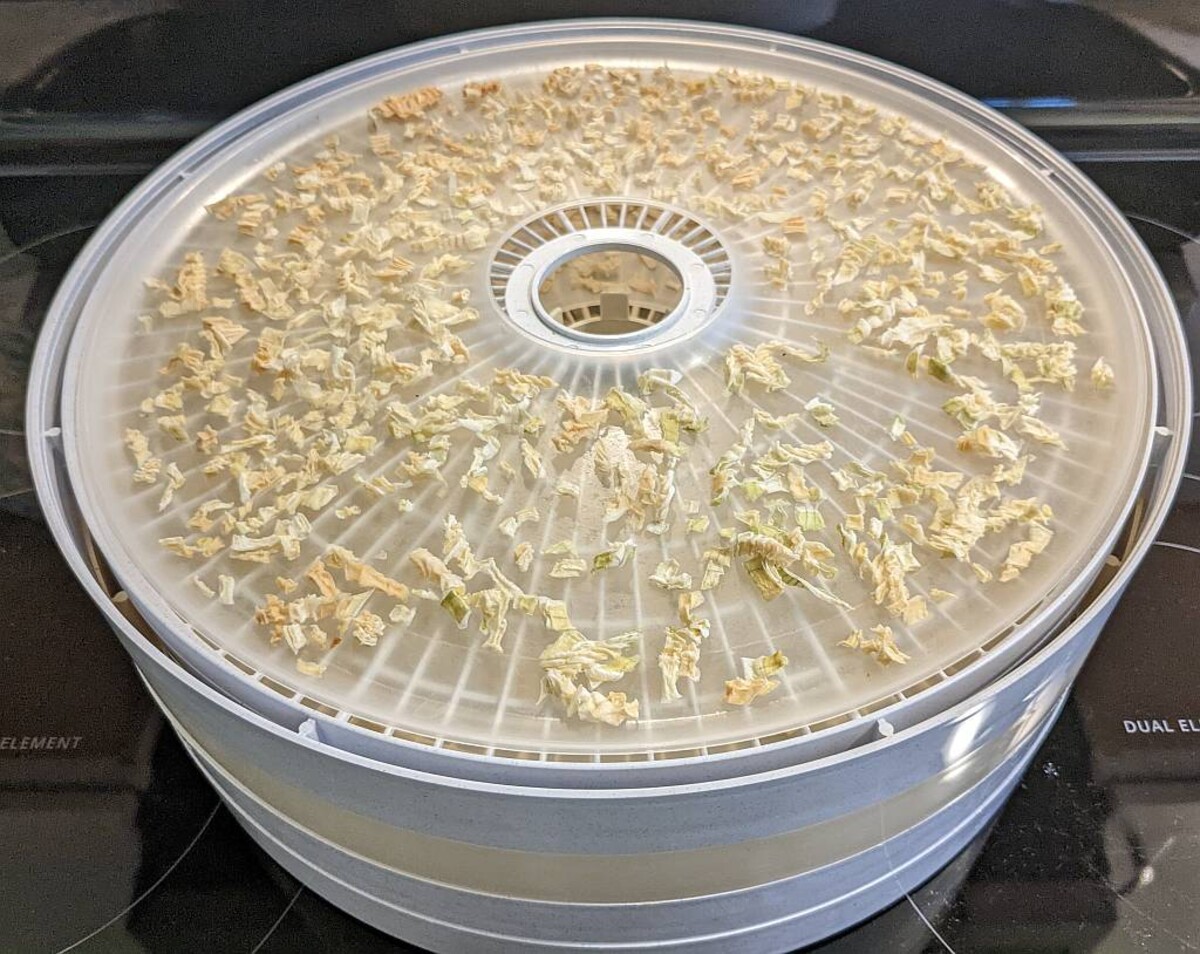
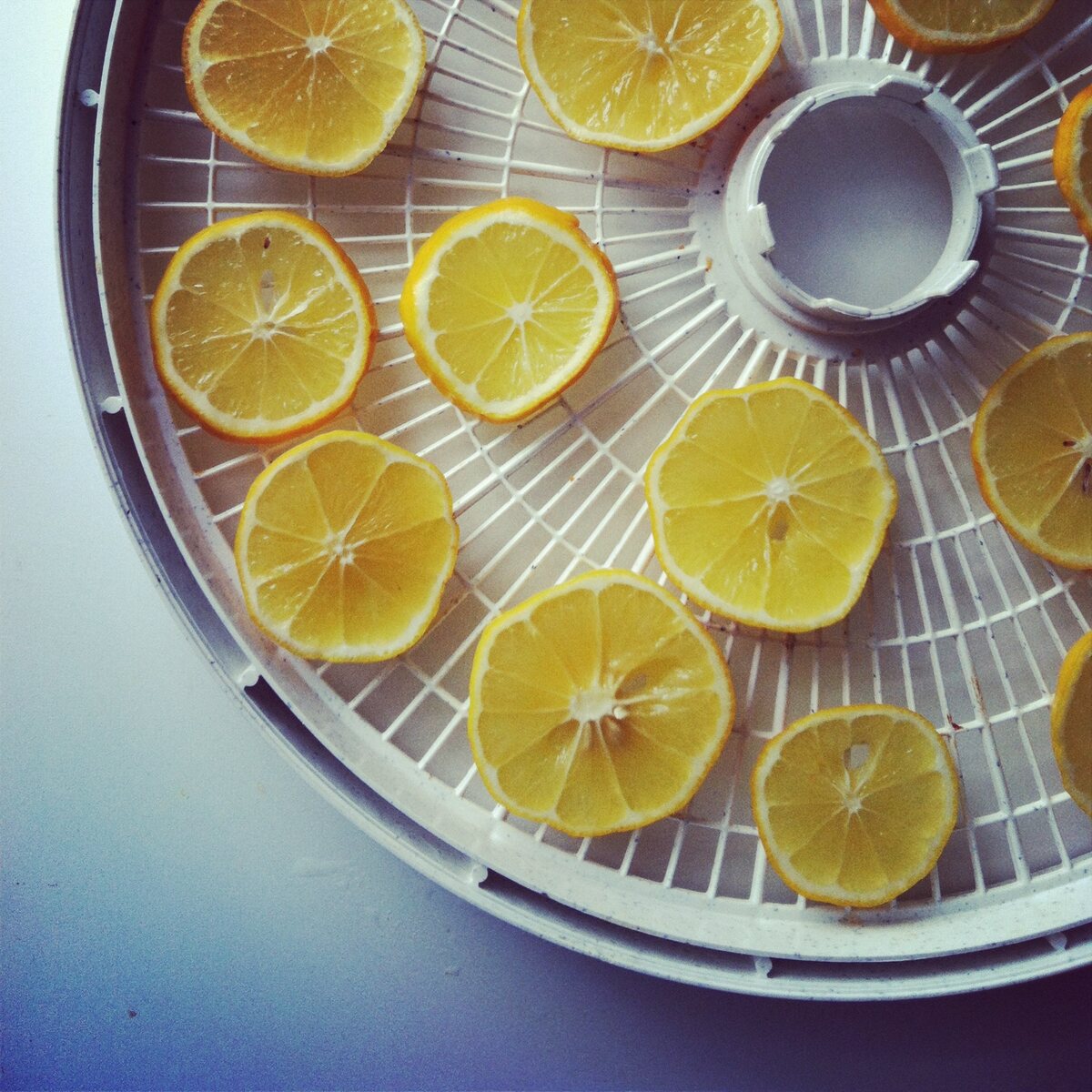
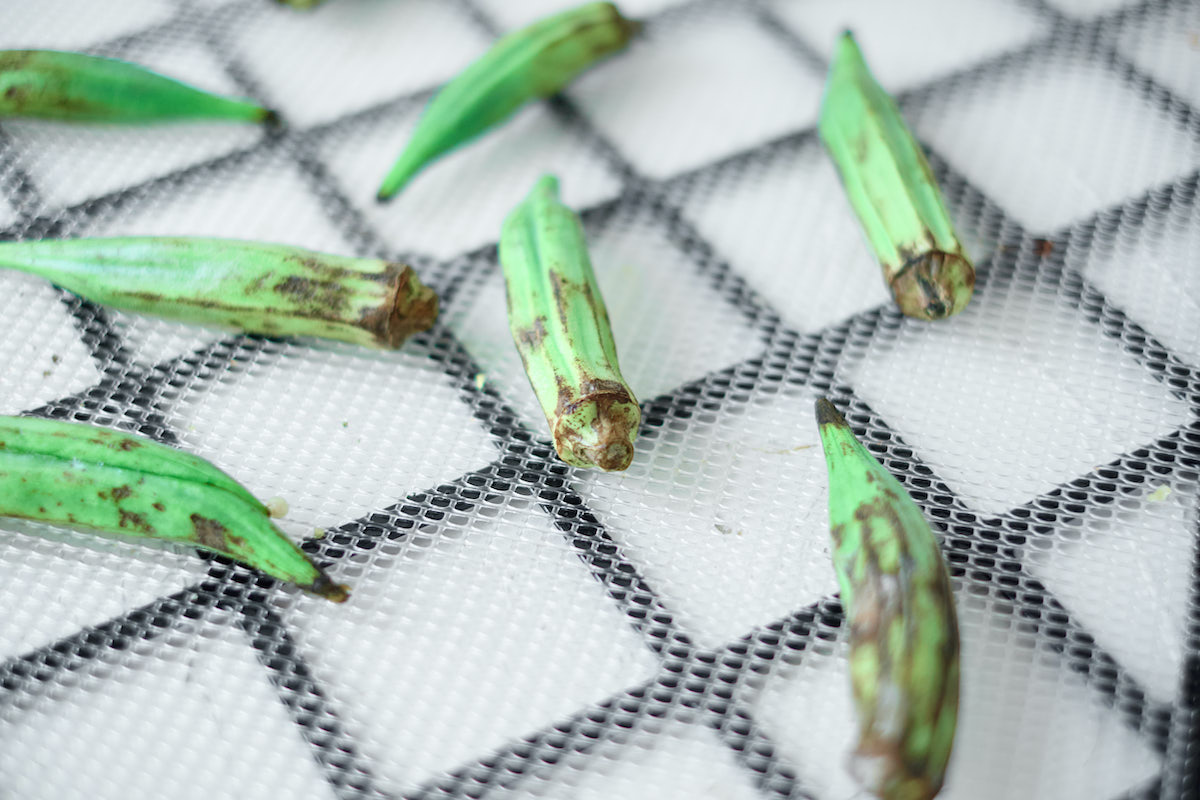
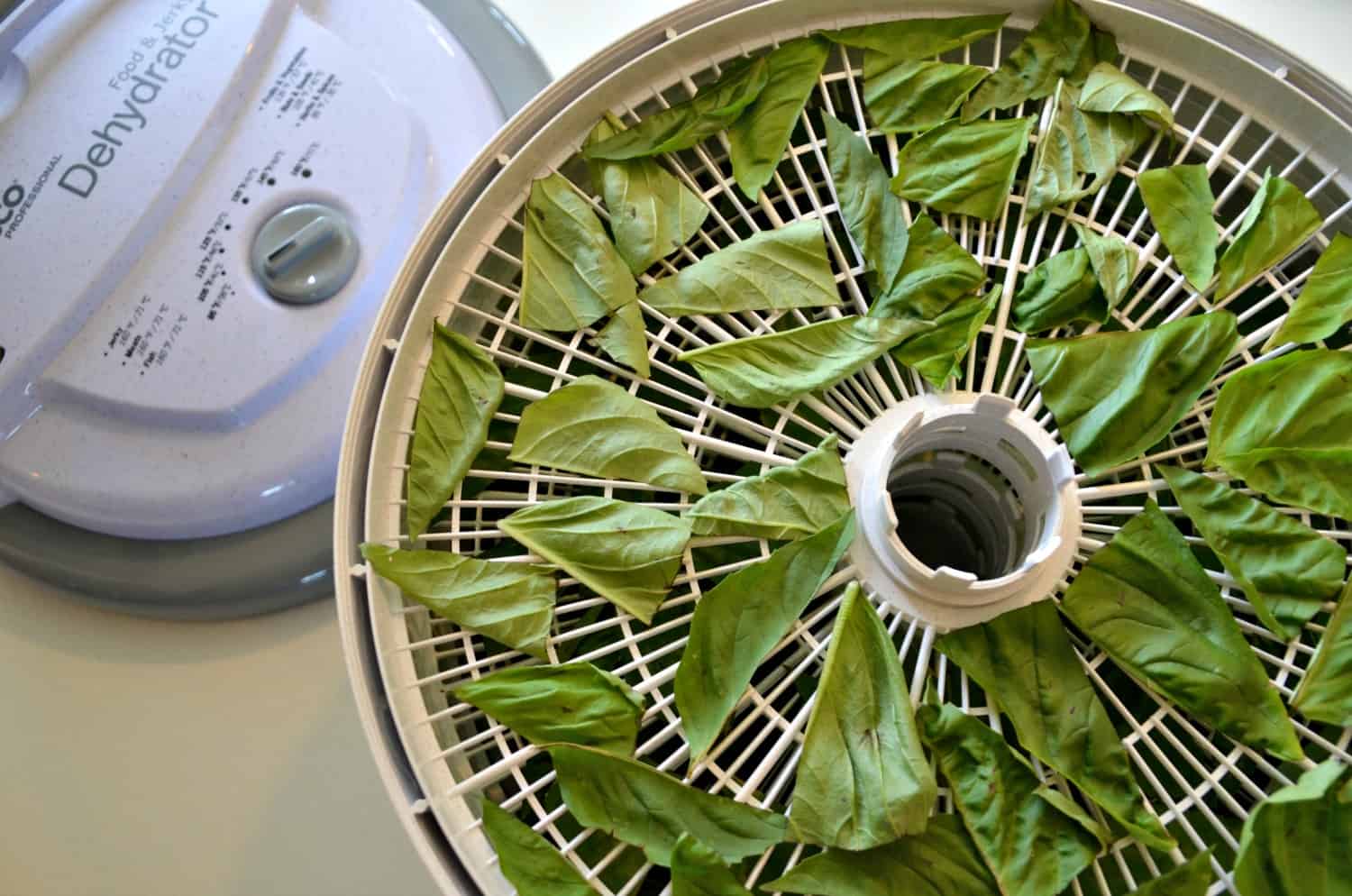
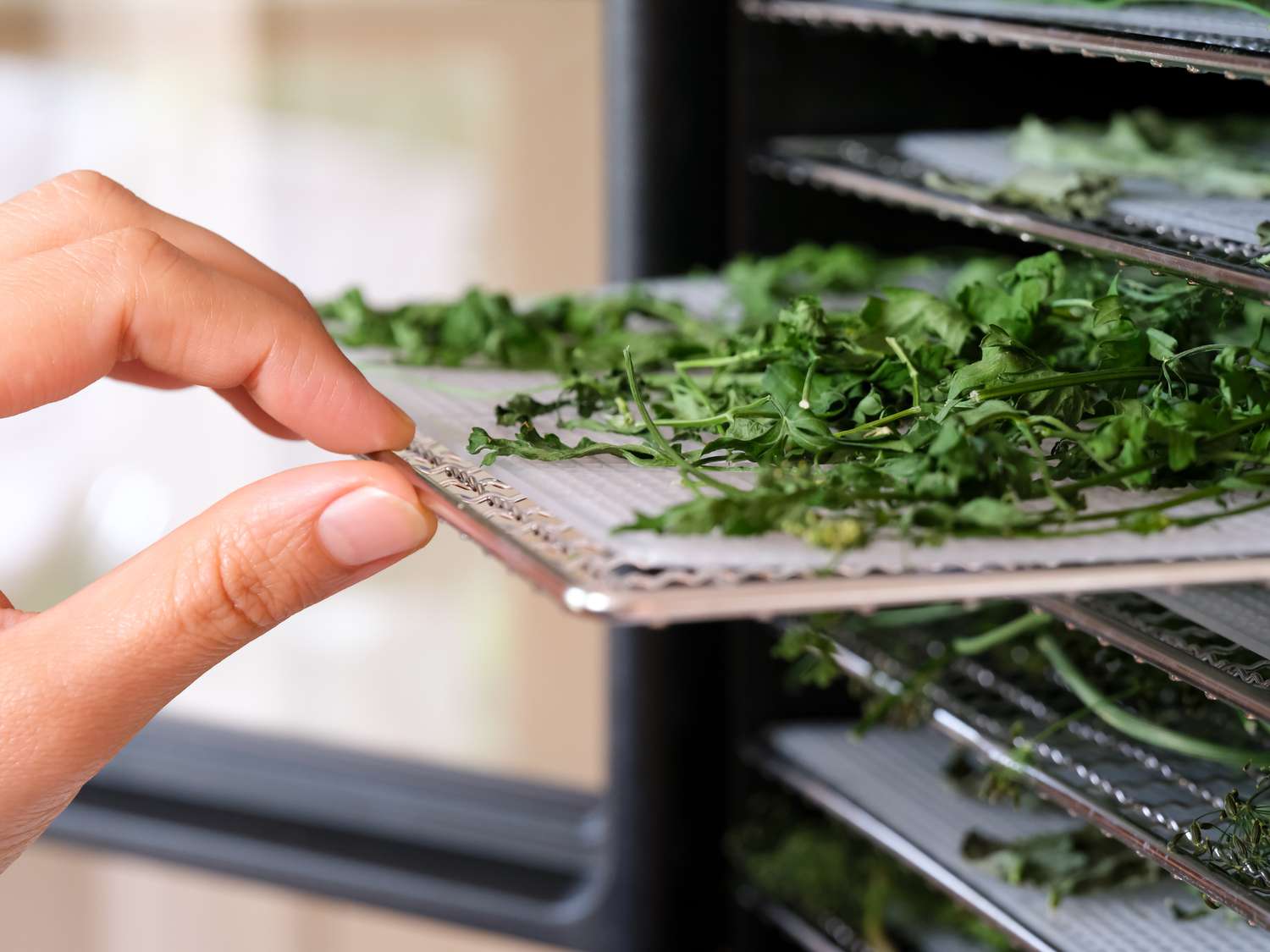
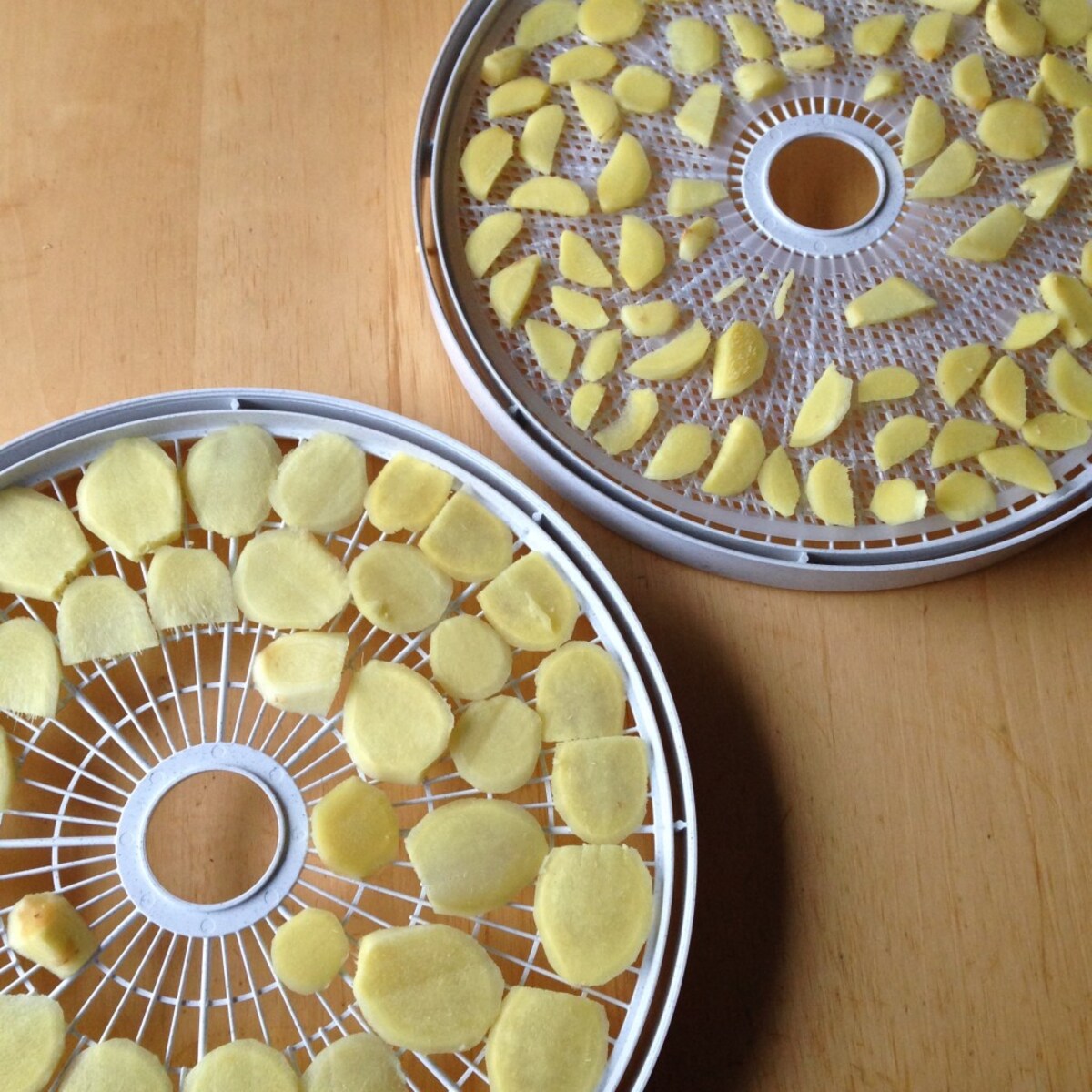
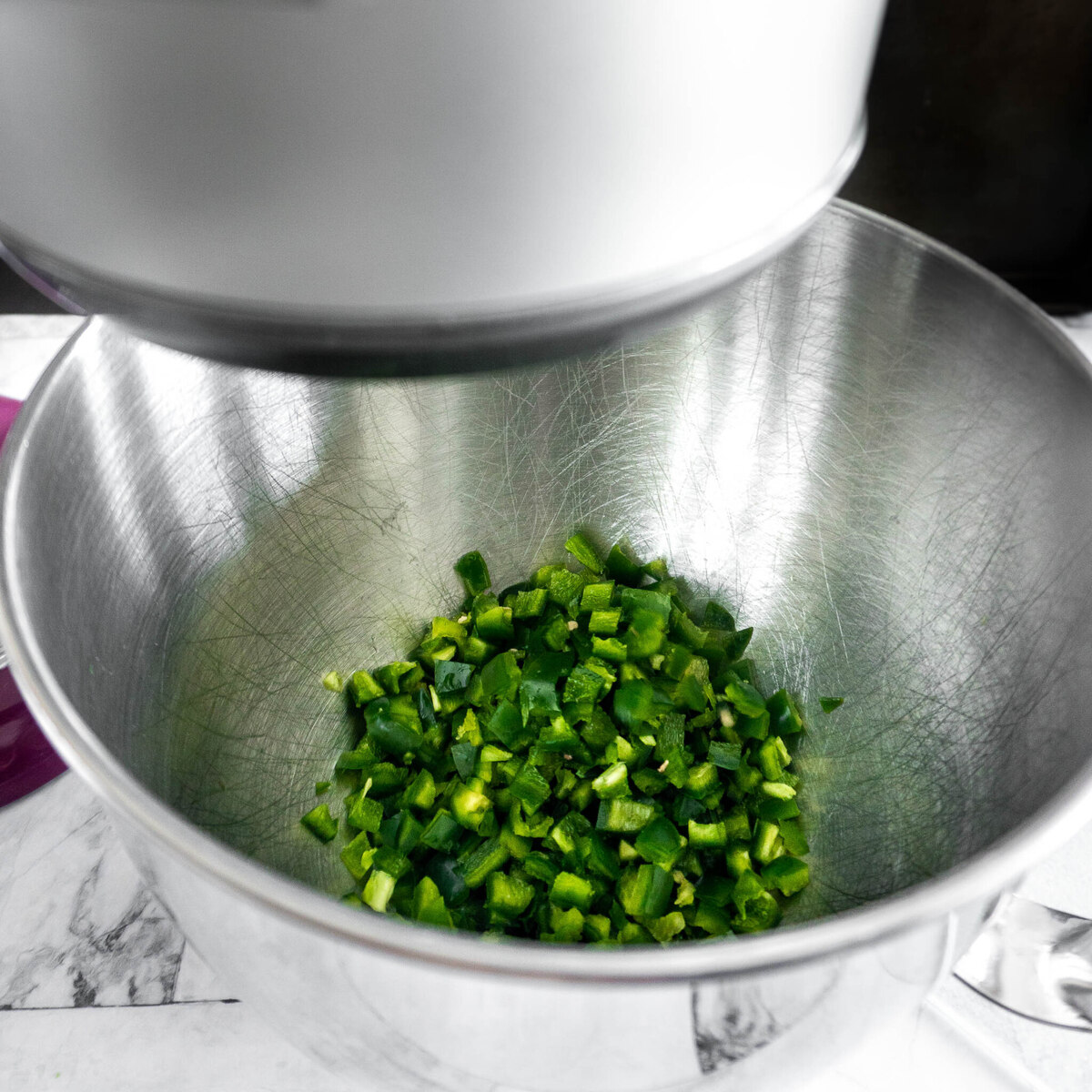
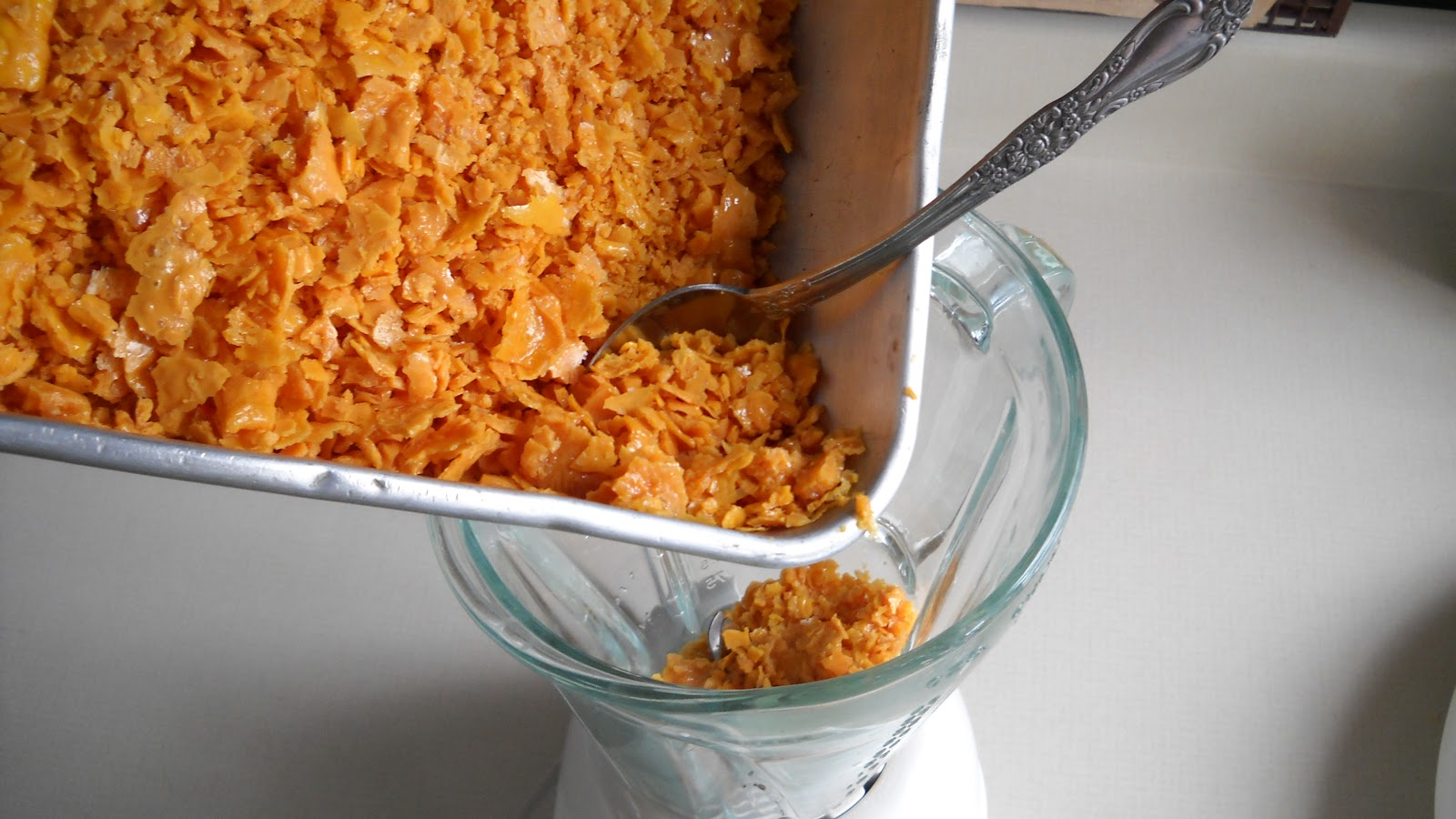
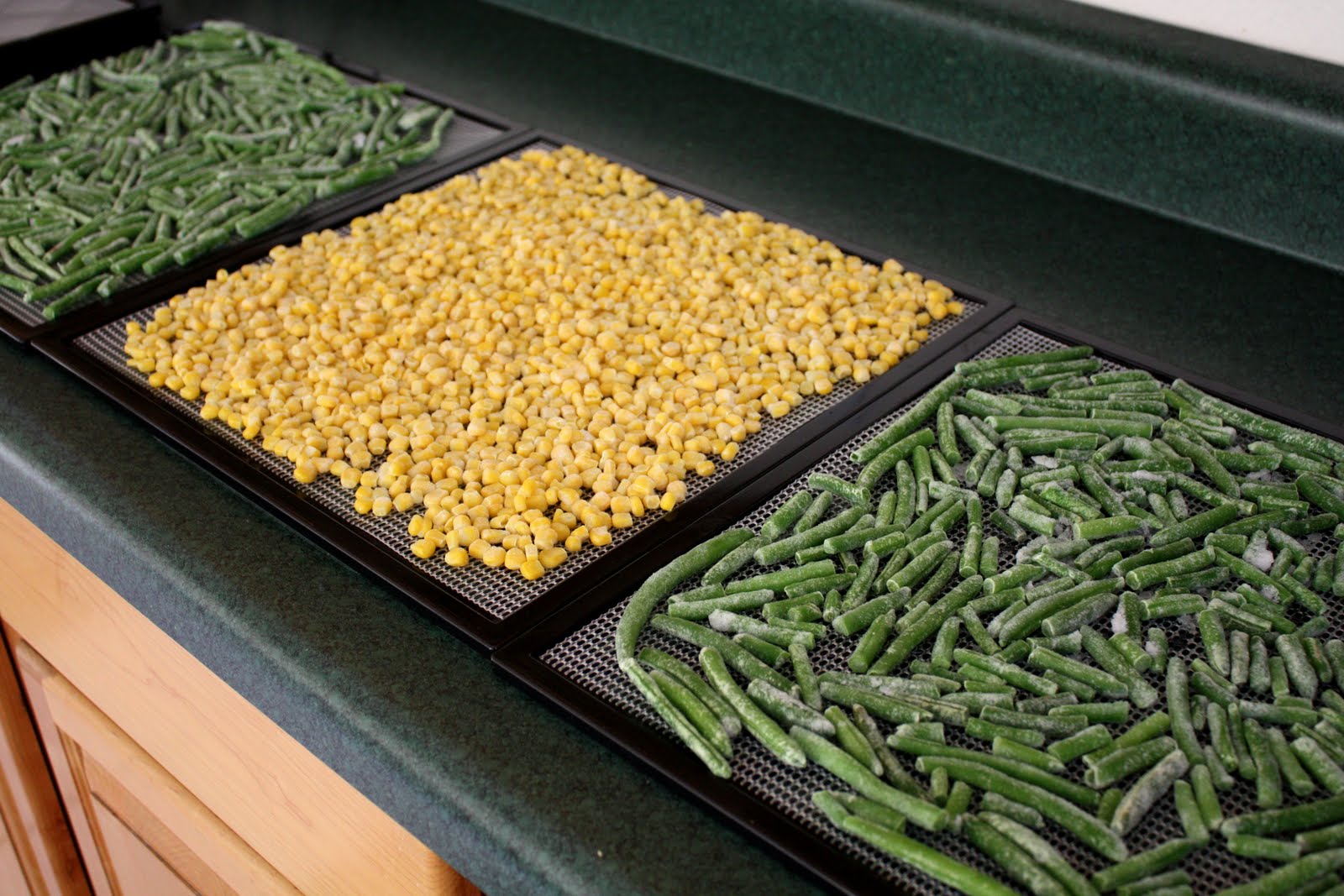

0 thoughts on “How To Dehydrate Tomatoes In A Dehydrator”